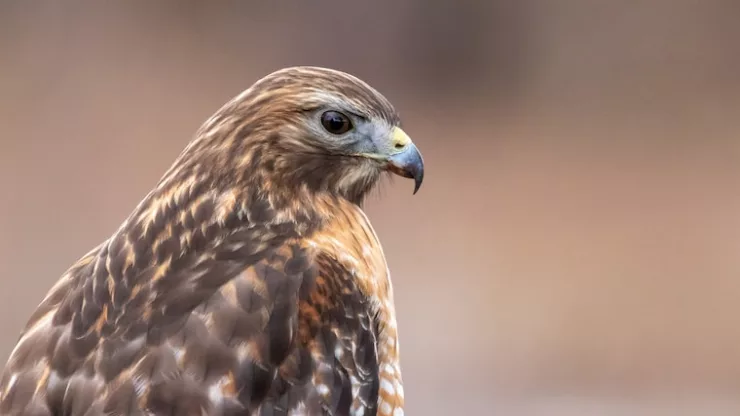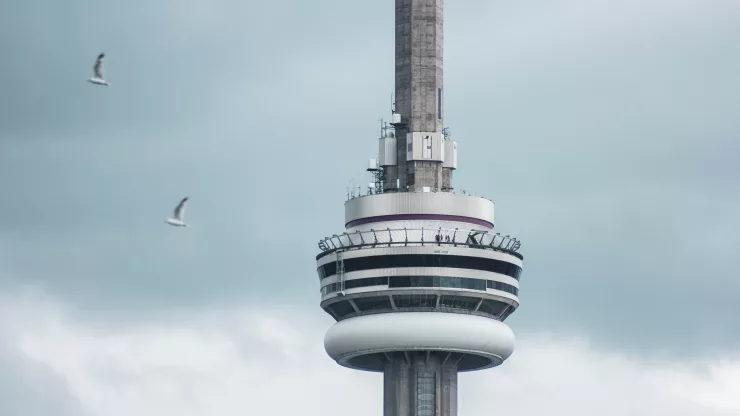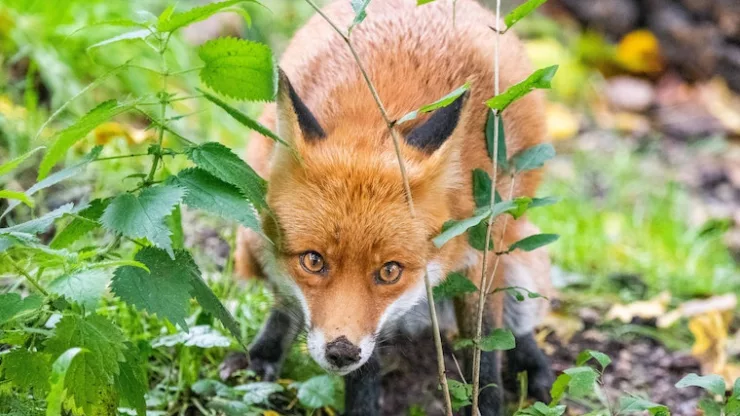Birds of prey, or raptors, are often associated with rural and wild environments. However, in recent years, many species of raptors have adapted to life in urban areas.
These birds have found new hunting grounds in the towering skyscrapers that make up the concrete jungles of our cities.
In this article, we will explore the fascinating world of urban raptors, their hunting habits, the dangers they face, and the efforts being made to protect them.
Jump to Section
Introduction
What are Urban Raptors?
Urban raptors are birds of prey that have adapted to living in cities and other urbanized areas.
These birds include species such as peregrine falcons, red-tailed hawks, and Cooper’s hawks, among others.
These birds have learned to thrive in urban environments, taking advantage of the abundant food sources and nesting opportunities available in cities.
The Rise of Skyscrapers and their Impact on Raptors
The construction of skyscrapers and other tall buildings has had a significant impact on the habitat of raptors.
These structures provide ideal perching and nesting sites, as well as a wealth of prey opportunities.
As a result, many species of raptors have adapted to this new environment, making cities their home.
Raptors in the City: Why do they Hunt in Skyscrapers?
Prey Availability in Urban Areas
Urban areas provide an abundance of prey opportunities for raptors. Many species of birds and small mammals thrive in cities, attracted by the availability of food and shelter.
Pigeons and other city-dwelling birds are a favorite prey item for many raptors, providing a reliable food source.
Nesting Opportunities and Territory Defense
Tall buildings provide ideal nesting sites for raptors, who use their height to keep watch over their territory.
In addition, the vertical surfaces of buildings provide a secure and stable platform for building nests.
Raptors are fiercely territorial, and the abundance of space and resources in cities allows them to establish and defend their territories more easily.
Adaptability and Evolution of Raptors in Urban Environments
Raptors have evolved to take advantage of the unique opportunities and challenges presented by urban environments.
For example, peregrine falcons have adapted to city living by hunting in a “stoop” or dive, which allows them to catch their prey in the confined spaces between buildings.
Other raptors have learned to use the wind currents created by tall buildings to their advantage, conserving energy as they hunt.
The Dangers of Hunting in Skyscrapers
Collisions with Buildings
One of the biggest dangers facing urban raptors is the risk of colliding with buildings.
Raptors, like all birds, have poor depth perception and may not see glass windows or other obstacles in their flight path.
This can result in serious injury or death for the bird.
Electrocution from Power Lines
Another danger facing urban raptors is the risk of electrocution from power lines.
These birds often perch on power lines while hunting or resting, and may come into contact with live wires, resulting in injury or death.
Poisoning from Rodenticides
Many cities use rodenticides to control pests such as rats and mice. However, these poisons can also affect raptors, who may ingest them after eating contaminated prey.
This can lead to serious health problems or death for the bird.
Conservation Efforts for Urban Raptors
Building Design and Retrofitting for Bird Safety
One of the most effective ways to protect urban raptors is through building design and retrofitting.
This includes measures such as installing bird-safe glass, adding window treatments to reduce reflections, and creating nesting sites on the roofs of buildings.
Education and Awareness Campaigns for the Public
Education and awareness campaigns can also help to protect urban raptors.
These campaigns can teach the public about the importance of raptors in urban ecosystems and the steps that can be taken to protect them.
Rescue and Rehabilitation of Injured Raptors
Injured raptors can be rehabilitated and released back into the wild. Many cities have programs in place to rescue and care for injured birds, providing medical treatment and rehabilitation services before releasing them back into the wild.
The Future of Urban Raptors
The future of urban raptors is bright.
As more people become aware of the important role these birds play in urban ecosystems, efforts to protect them will continue to grow.
By working together, we can ensure that these magnificent birds of prey continue to thrive in our cities for generations to come.
FAQ
What species of raptors can be found in cities?
Many species of raptors can be found in cities, including peregrine falcons, red-tailed hawks, Cooper’s hawks, and others.
Are urban raptors a threat to humans?
No, urban raptors are not a threat to humans. These birds are generally shy and will avoid contact with people whenever possible.
How can I help protect urban raptors?
You can help protect urban raptors by supporting conservation efforts, reporting injured birds to local wildlife rehabilitation centers, and educating others about the importance of these birds in urban ecosystems.
I’m a nature enthusiast and creator of Metro Wilds and have spent years exploring the great outdoors.
With a passion for environmental conservation and sustainability, I have dedicated my career to writing about the beauty and wonders of nature, as well as the threats facing our planet.
Contact me at [email protected] for assistance.





